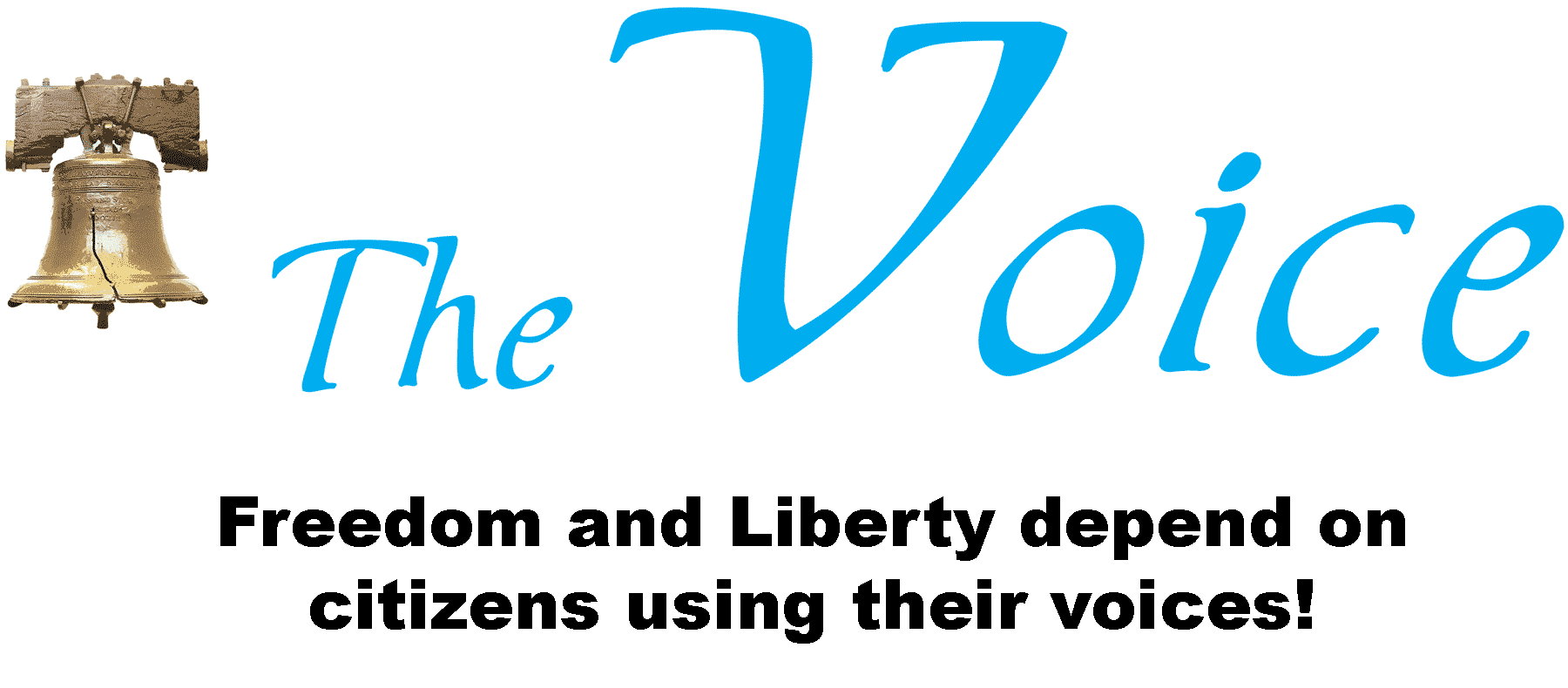
As a broken-down professor of American politics, I was asked this question recently: What do the terms conservative and liberal mean today in American political life? I think the question is important because: 1) the human animal craves context to help him or her navigate the world; 2) the terms tend somewhat to track Republican Party and Democratic Party identification and right- and left-leaning, respectively, and 3) I sense there is some confusion among the public about the terms.
As shorthand, I have told my college students over the years that conservatives tend to see the world as it is, while liberals see the world as they wish it to be. These perspectives tend to drive their respective operating philosophies. That is, conservatives see strong value in tradition, and resist change, at least until persuaded that such is absolutely necessary to preserve order and stability.
In contrast, liberals are more open to change, to achieve what they see as social and economic justice for all.
Conservatives favor free market capitalism and balanced budgets, whereas liberals think it important to regulate economic forces and spend through government in order to achieve their goals.
By the way, if you hear the term “classical liberal,” you are hearing a 19th Century English term for one who favors a market economy, among much else. A classical liberal would be close to a present-day intellectual conservative. I told you the terms morph over time.
When I entered college in 1959, the nation had been led by Big Government liberals, from Franklin Roosevelt (1933-1945) and Harry Truman (1945-1953) and continued by Republican Dwight Eisenhower (1953-61).
Although liberals dominated college campuses in my undergraduate days, there was a lively, burgeoning ferment of intellectual conservative thinking when I arrived at the University of Illinois in Urbana-Champaign. We young conservatives bruited around the names of classical liberal economists Friederich von Hayek and Ludwig von Mises as if we understood what they were writing (I only vaguely did, at best).
Columnists William F. Buckley in New York City and M. Stanton Evans nearby in Indianapolis were then young, conservative firebrands; they wrote in terms we students could more easily understand. They called for a rollback of big government, heavy regulation and the high taxation they felt intruded on freedom of individual action.
And yet, to distinguish intellectual from practical conservatives, I don’t recall any elected officials who identified as conservative ever calling for the elimination of Social Security, obviously a big government program, but one that was popular broadly.
This intellectual movement captivated Barry Goldwater and Ronald Reagan, though the latter was never a purist, for example, having raised taxes significantly as governor of California. By the 1980s, most Republican Party identifiers largely had rejected the liberal sympathies of Ike, Richard Nixon, and Eastern governors such as Nelson Rockefeller.
When I entered the Illinois House of Representatives in 1969, conservative issues still were largely economic as opposed to social. Then came the abortion decision of Roe v. Wade, in 1973. Although the Southern Baptist Convention initially hailed the pro-choice decision, evangelicals, and most economic conservatives subsequently have come to embrace the pro-life position with passion.
Gun control was becoming of more interest in 1969, seen by gun advocates as a matter of personal freedom. A prominent pollster told me back then that three percent of voters would vote for or against a candidate solely on the basis of his stand on guns. I’ll bet that figure is even higher today, but even three percent (a six percent change in an election outcome) would scare the bejesus out of elected officials, just as it does today.
Former U.S. president Donald Trump is what I would call a nationalist, who thinks America should come before international concerns. Trump is not an economic conservative; for example, as president he increased deficit-spending big time, though not so much as Joe Biden is doing. Trump’s heavy use of tariffs goes against the grain of free trade, a key plank in the world of most conservatives.
Liberals may have abandoned use of their own term, maybe because of sounding too liberal. Instead, they call themselves “progressives,” even though they are, in my mind, still liberal in philosophy.
I think a practical conservative in the United States today is a bit of an ideological muddle, which is not necessarily bad, but leads to the confusion I sense. For example, the practical conservative espouses small government, balanced budgets, and a market economy generally, yet is comfortable with Medicare and maybe farm subsidies, both big government. The practical conservative has mixed views on personal liberty issues, that is, for gun freedom, yet opposed to choice on abortion.
If there is anything useful and valid to my explication above, what might be the reader, practical conservative, liberal (progressive), or something else?
For many years, Jim Nowlan was a senior fellow and political science professor at the University of Illinois in Urbana-Champaign. He has worked for three unindicted governors and published a weekly newspaper in central Illinois.

